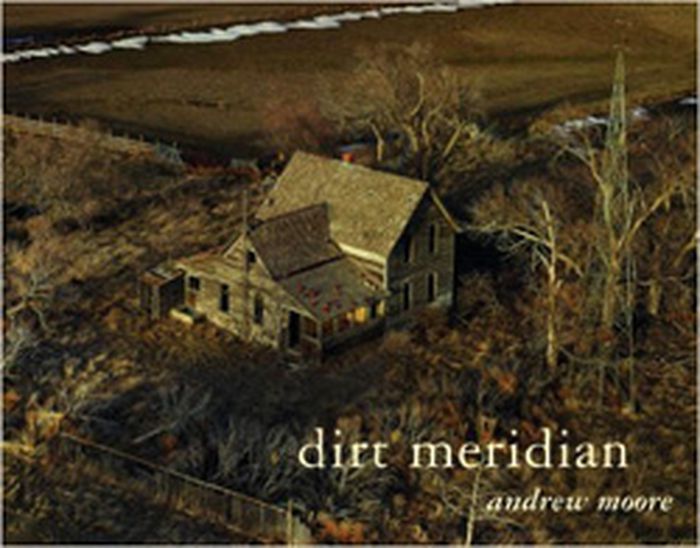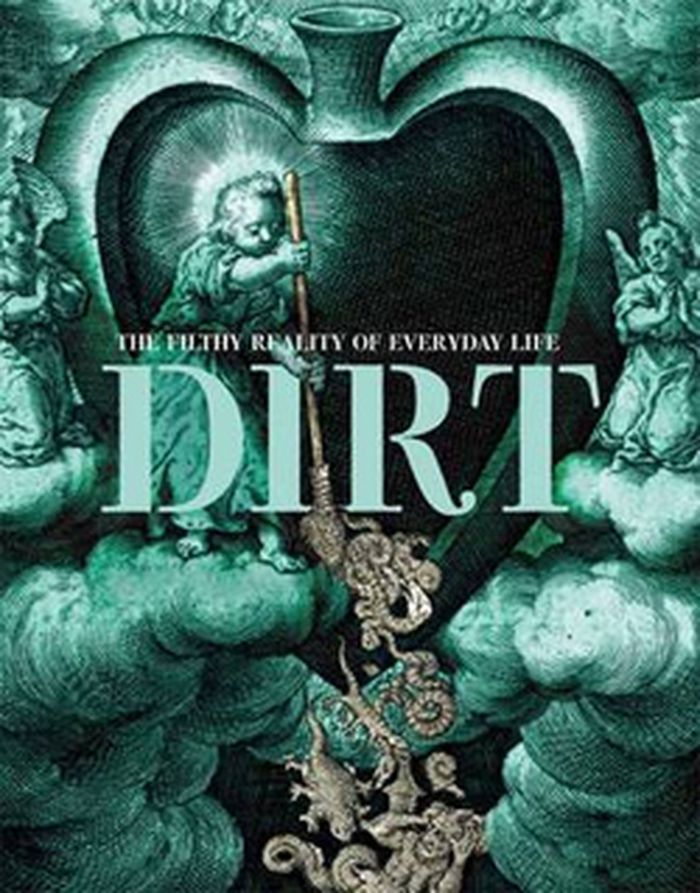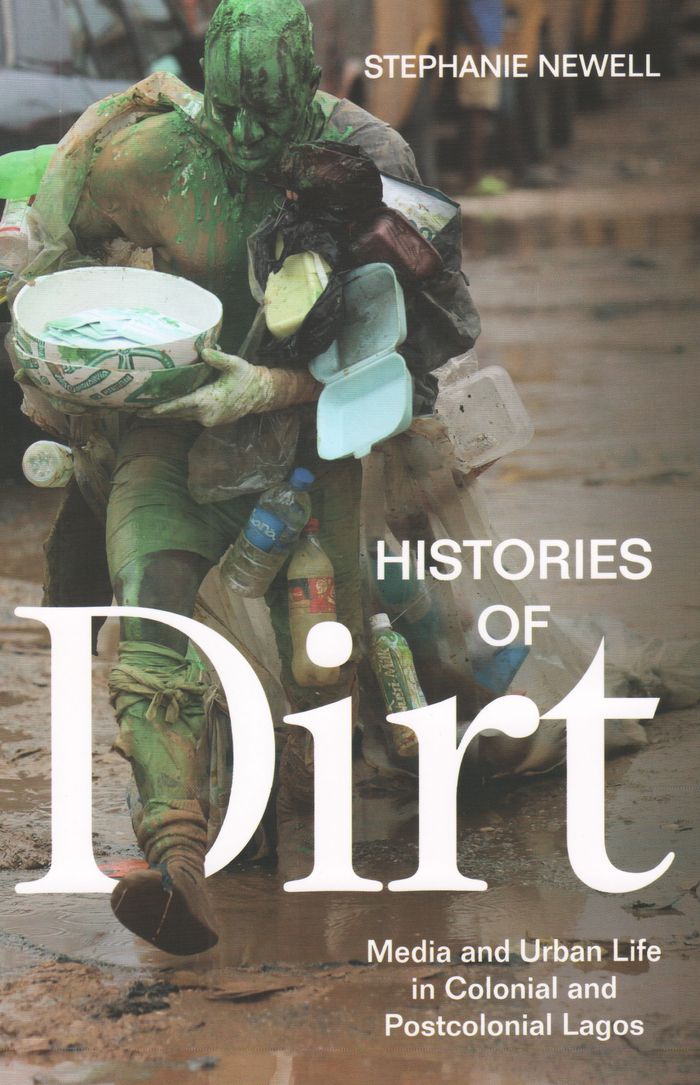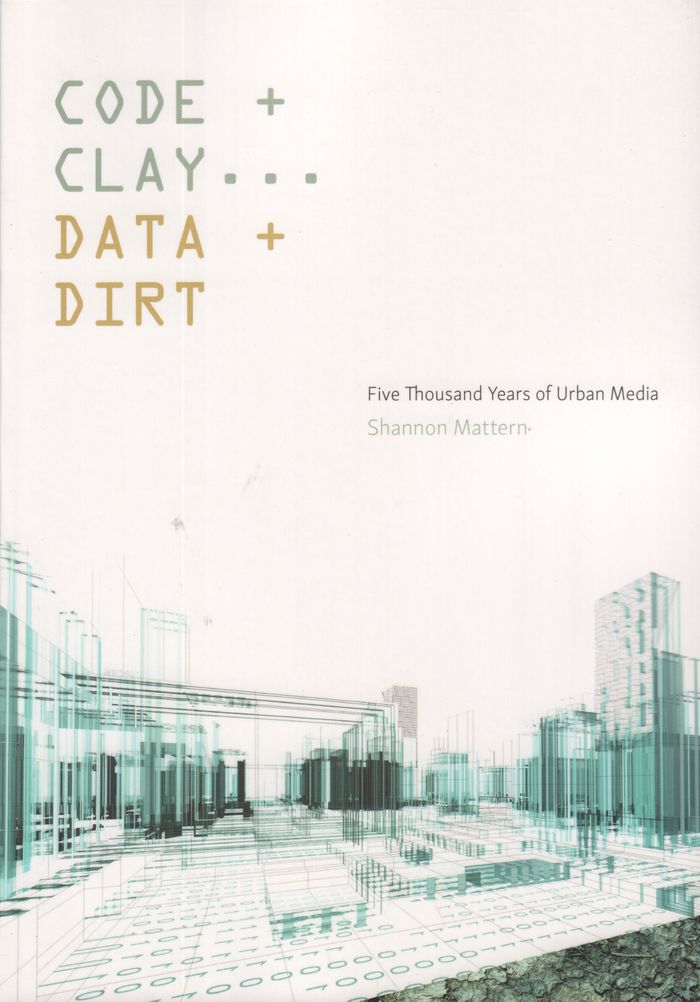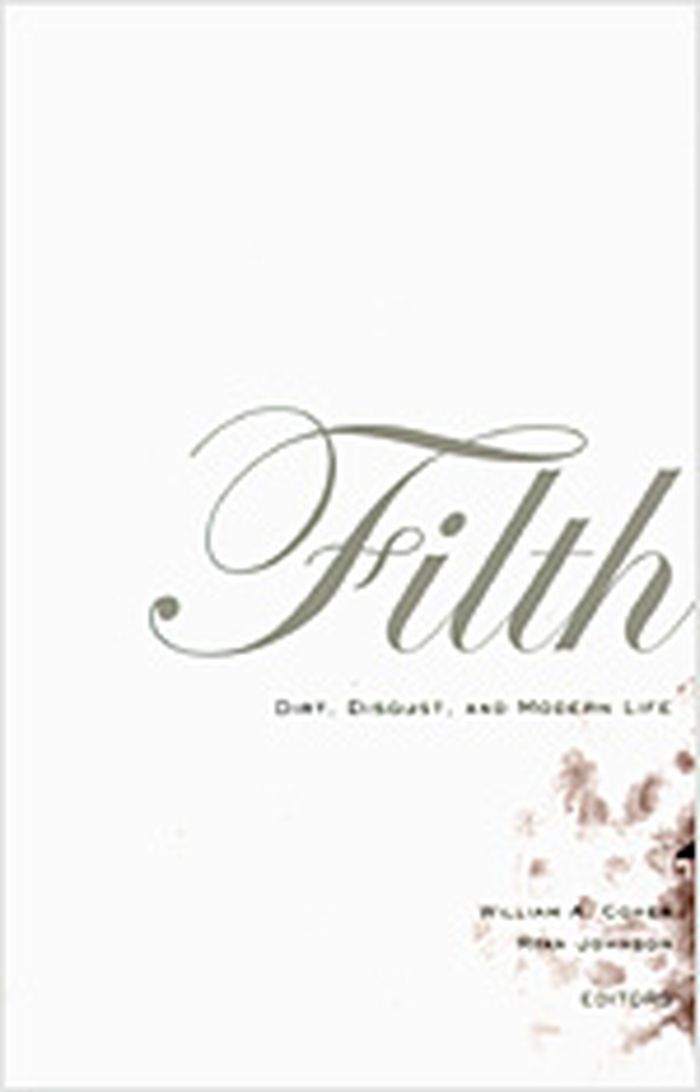Andrew Moore: Dirt Meridian
$60.00
(disponible sur commande)
Résumé:
In Dirt Meridian, Andrew Moore takes to the air to document the High Plains of North Dakota, South Dakota and Nebraska in a series of large-format photographs. The "meridian" of the title refers to the 100th meridian, the longitude that neatly bisects the US and has long been considered the dividing line between the East and West. Much of the meridian traverses America's(...)
Andrew Moore: Dirt Meridian
Actions:
Prix:
$60.00
(disponible sur commande)
Résumé:
In Dirt Meridian, Andrew Moore takes to the air to document the High Plains of North Dakota, South Dakota and Nebraska in a series of large-format photographs. The "meridian" of the title refers to the 100th meridian, the longitude that neatly bisects the US and has long been considered the dividing line between the East and West. Much of the meridian traverses America's so-called flyover country, those sparsely populated landscapes between the urban centers on either coast. Other parts of the meridian cross contentious zones such as the heavily fracked Bakken formation in North Dakota. Dirt Meridian interweaves two stories: the myths and history of the vast, severe American High Plains alongside portraits of the people who live there today.
Monographies photo
$40.50
(disponible sur commande)
Résumé:
Our relationship with dirt is complex and ambivalent. Dirt is waste, excrement, rubbish, bacteria--but what then is soil, where crops grow, and to which our bodies eventually return? Dirt may pose significant risks to our health, but it is also vital to our existence. Lavishly illustrated, this exciting and often startling book is a provocative introduction to a vast(...)
Dirt: the filthy reality of everyday life
Actions:
Prix:
$40.50
(disponible sur commande)
Résumé:
Our relationship with dirt is complex and ambivalent. Dirt is waste, excrement, rubbish, bacteria--but what then is soil, where crops grow, and to which our bodies eventually return? Dirt may pose significant risks to our health, but it is also vital to our existence. Lavishly illustrated, this exciting and often startling book is a provocative introduction to a vast and complex subject. Five writers and a graphic novelist pursue different themes from a range of perspectives in order to examine dirt and its contradictions, including personal grooming, the politics of dirt in the home, city sanitation, and waste disposal. From a 2011 exhibition at the Wellcome Collection, London.
Théorie de l’architecture
livres
$52.00
(disponible sur commande)
Résumé:
This innovative work exposes the interests which underlie everyday conceptions of dirt and reveals how our ideas about it are intimately bound up with issues of race, ethnicity, class, gender, sexuality and the body. Exploring a wide variety of settings - domestic, urban and rural - it reveals how attitudes to dirt and cleanliness become manifest in surprisingly diverse(...)
Dirt: new geographies of cleanliness and contamination
Actions:
Prix:
$52.00
(disponible sur commande)
Résumé:
This innovative work exposes the interests which underlie everyday conceptions of dirt and reveals how our ideas about it are intimately bound up with issues of race, ethnicity, class, gender, sexuality and the body. Exploring a wide variety of settings - domestic, urban and rural - it reveals how attitudes to dirt and cleanliness become manifest in surprisingly diverse ways, including the rituals of death and burial; architectural design aesthetics; urban infrastructure and regeneration; film symbolism; and consumer attitudes to food.
livres
juin 2013
Théorie de l’urbanisme
$37.95
(disponible sur commande)
Résumé:
In "Histories of dirt," Stephanie Newell traces the ways in which urban spaces and urban dwellers come to be regarded as dirty, as exemplified in colonial and postcolonial Lagos. Newell conceives dirt as an interpretive category that facilitates moral, sanitary, economic, and aesthetic evaluations of other cultures under the rubric of uncleanliness. She examines a number(...)
Histories of dirt: media and urban life in Colonial and Postcolonial Lagos
Actions:
Prix:
$37.95
(disponible sur commande)
Résumé:
In "Histories of dirt," Stephanie Newell traces the ways in which urban spaces and urban dwellers come to be regarded as dirty, as exemplified in colonial and postcolonial Lagos. Newell conceives dirt as an interpretive category that facilitates moral, sanitary, economic, and aesthetic evaluations of other cultures under the rubric of uncleanliness. She examines a number of texts ranging from newspaper articles by elite Lagosians to colonial travel writing, public health films, and urban planning to show how understandings of dirt came to structure colonial governance. Seeing Lagosians as sources of contagion and dirt, British colonizers used racist ideologies and discourses of dirt to justify racial segregation and public health policies. Newell also explores possibilities for non-Eurocentric methods for identifying African urbanites' own values and opinions by foregrounding the voices of contemporary Lagosians through interviews and focus groups in which their responses to public health issues reflect local aesthetic tastes and values. In excavating the shifting role of dirt in structuring social and political life in Lagos, Newell provides new understandings of colonial and postcolonial urban history in West Africa.
livres
Costa / José Pedro Cortes.
Description:
1 volume (unpaged) : chiefly illustrations (some color) ; 31 cm
[Lisbon, Portugal] : Pierre von Kleist Editions, [2013]
Costa / José Pedro Cortes.
Actions:
Exemplaires:
Description:
1 volume (unpaged) : chiefly illustrations (some color) ; 31 cm
livres
[Lisbon, Portugal] : Pierre von Kleist Editions, [2013]
$40.50
(disponible sur commande)
Résumé:
Offering new ways of thinking about our cities, Code and Clay, Data and Dirt goes far beyond the standard historical concepts of origins, development, revolutions, and the accomplishments of an elite few. Mattern shows that in their architecture, laws, street layouts, and civic knowledge—and through technologies including the telephone, telegraph, radio, printing,(...)
Code and clay, data and dirt: five thousand years of urban media
Actions:
Prix:
$40.50
(disponible sur commande)
Résumé:
Offering new ways of thinking about our cities, Code and Clay, Data and Dirt goes far beyond the standard historical concepts of origins, development, revolutions, and the accomplishments of an elite few. Mattern shows that in their architecture, laws, street layouts, and civic knowledge—and through technologies including the telephone, telegraph, radio, printing, writing, and even the human voice—cities have long negotiated a rich exchange between analog and digital, code and clay, data and dirt, ether and ore. Mattern’s vivid prose takes readers through a historically and geographically broad range of stories, scenes, and locations, synthesizing a new narrative for our urban spaces. Taking media archaeology to the city’s streets, Code and Clay, Data and Dirt reveals new ways to write our urban, media, and cultural histories.
Théorie de l’urbanisme
livres
Description:
xvi, 192 pages : illustrations, maps ; 24 cm
London : UCL Press, 1994.
Planning London / edited by James Simmie.
Actions:
Exemplaires:
Description:
xvi, 192 pages : illustrations, maps ; 24 cm
livres
London : UCL Press, 1994.
livres
Description:
293 pages, 24 unnumbered pages of plates : illustrations ; 24 cm
New Haven : Yale University Press, [2014], ©2014
Dirty old London : the Victorian fight against filth / Lee Jackson.
Actions:
Exemplaires:
Description:
293 pages, 24 unnumbered pages of plates : illustrations ; 24 cm
livres
New Haven : Yale University Press, [2014], ©2014
vidéo
Description:
1 online resource (2 video files (58 min., 16 sec.)) : sound, color
[Montréal] : CCA, [2011]
House dust / [presented by] Pat Rasmussen.
Actions:
Exemplaires:
Description:
1 online resource (2 video files (58 min., 16 sec.)) : sound, color
vidéo
[Montréal] : CCA, [2011]
$27.95
(disponible sur commande)
Résumé:
"Filth" is concerned with what waste reveals about the culture that creates it. From floating barges of urban refuse to dung-encrusted works of art, from toxic landfills to dirty movies, filth has become a major presence and a point of volatile contention in modern life. This book explores the question of what filth has to do with culture: what critical role the lost,(...)
Théorie de l’architecture
janvier 2005, Minneapolis
Filth : dirt, disgust, and modern life
Actions:
Prix:
$27.95
(disponible sur commande)
Résumé:
"Filth" is concerned with what waste reveals about the culture that creates it. From floating barges of urban refuse to dung-encrusted works of art, from toxic landfills to dirty movies, filth has become a major presence and a point of volatile contention in modern life. This book explores the question of what filth has to do with culture: what critical role the lost, the rejected, the abject, and the dirty play in social management and identity formation. It suggests the ongoing power of culturally mandated categories of exclusion and repression. Focusing on filth in literary and cultural materials from London, Paris, and their colonial outposts in the nineteenth and early twentieth centuries, the essays in "Filth" - all but one previously unpublished - range over topics as diverse as the building of sewers in nineteenth-century European metropolises, the link between interior design and bourgeois sanitary phobias, the fictional representation of labouring women and foreigners as polluting, and relations among disease, disorder, and sexual-racial disharmony. "Filth" provides the first sustained consideration, both theoretical and historical, of a subject whose power to horrify, fascinate, and repel is as old as civilization itself. Contributors: David S. Barnes, Neil Blackadder, Joseph Bristow, Joseph W. Childers, Eileen Cleere, Natalka Freeland, Pamela K. Gilbert, Christopher Hamlin, William Kupinse, Benjamin Lazier, David L. Pike, David Trotter.
Théorie de l’architecture
